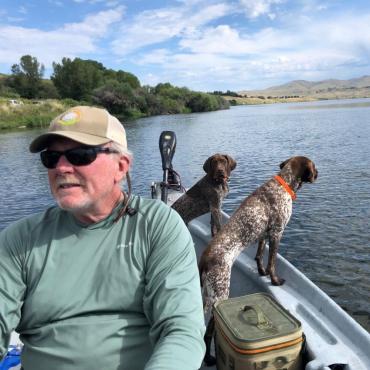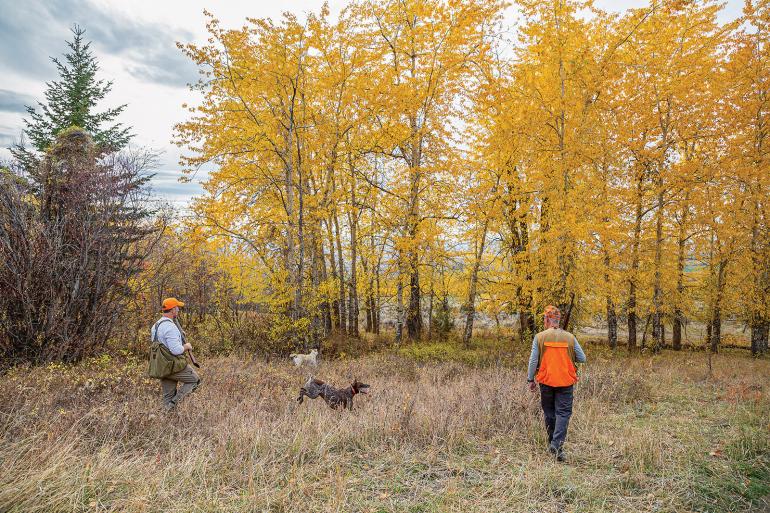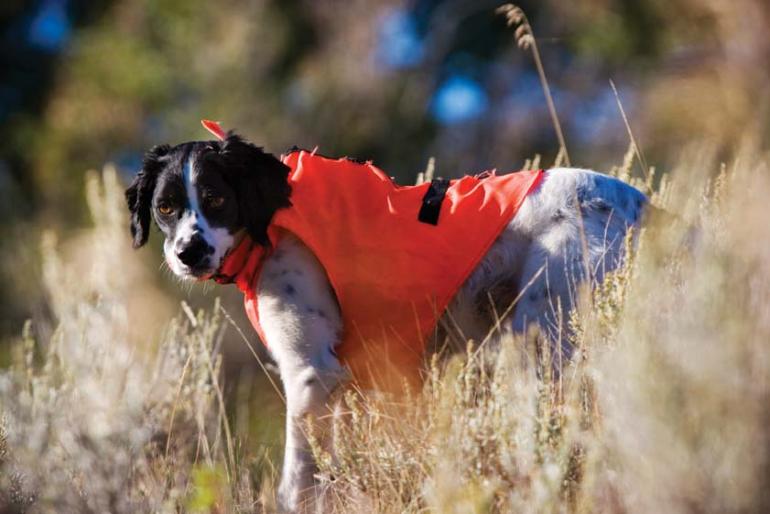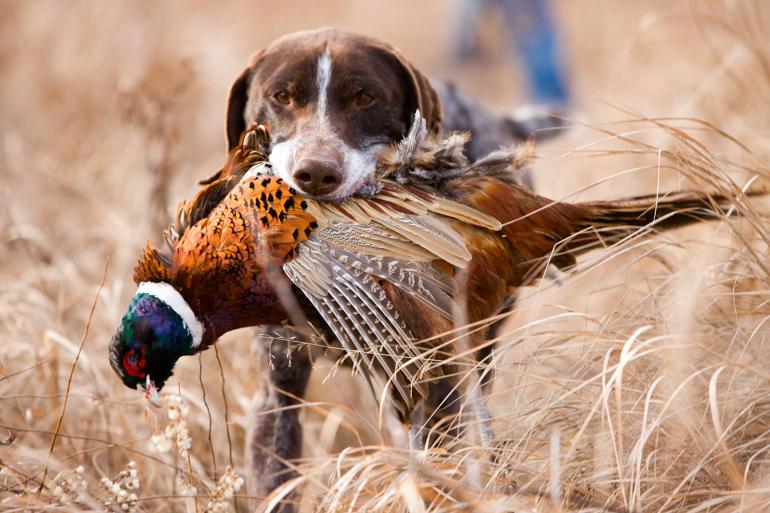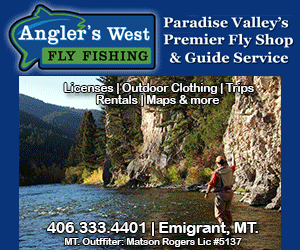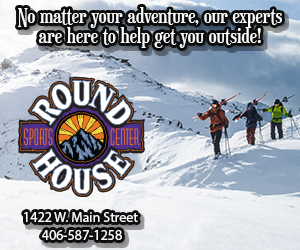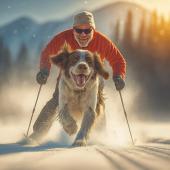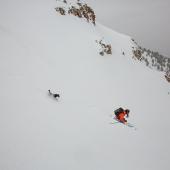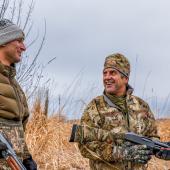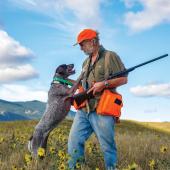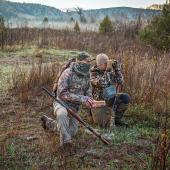Nip It in the Bud
Tips for dialing in your bird dog.
Now that hunting season is here, you’ll likely reminisce on last season, remembering both the good and the not-so-good. Sometimes everything that went right in the beginning may have been forgotten by the end. Sometimes it’s environmental conditions; other times, it’s the dog or the type of birds you hunt. Tight-holding sharptails may be a distant memory, supplanted by those late-season roosters heading for the Dakotas.
Several years ago, I attended a workshop with a well-known trainer. My so-called “master” hunting dog was breaking on the shot before I released him and running through the rest of the covey birds. Perplexed, I asked the trainer why this normally solid pup was backsliding. He looked at me and asked, “You or the dog?” After thinking for a minute, I realized that by not immediately correcting the behavior, I had reinforced it. By focusing solely on hunting birds and not correcting mistakes, I had allowed my pup to develop bad habits.
Rewarding non-hunting training companions with a delicious game-bird dinner and all the fixings is a small price to pay for their help.
When this happens, you can either hope that shoulder-season amnesia will wipe those bad habits from your dog’s mind, or you can act and begin correcting these behaviors before they get worse. I recommend the latter.
Know What You Want
A retriever or spaniel owner may need to work with his dogs to keep them within gun range, as dogs that are too far away when the birds flush are a recipe for a frustrating—and fruitless—hunting experience. Similarly, a waterfowl hunter will want his dog beside him until he shoots, as dogs breaking at the excitement of decoying birds typically spoil a hunt, leading to empty game bags and frustrated owners.
With pointing dogs, decide early how you want them to perform in different situations. Do you want your dog to hold point until the bird flushes, until the bird is in the air and the shot is fired, or until you give it the command to retrieve? Regardless of preference, each step will require progressively more training than the last.
Address the Problems
When afield with a group of pointers, it’s hard to closely watch your dog. Your attention is usually on the dog on point, working to the dog, getting in position to make a shot, and then concentrating on shooting the bird. Meanwhile, your dog could be distracted by other hunters and dogs that don’t honor the point. In these situations, even well-trained dogs may break on the flush, the shot, or on another dog’s break. If this occurs once, you can almost always guarantee it will happen again—and if not corrected quickly, your steady pointer’s newly developed bad habits could continue through the end of the season and beyond.
Good luck out there, and enjoy the season, as there’s no better place to be afield in fall than Montana.
Reinforce the basic commands you’ve taught your dog along the way. For pointing breeds, this means returning when called, staying by your side, and stopping when commanded. For a good upland experience with retrievers or flushing dogs, heeling and getting them to stay in range is key. Retrieving birds that you’ve shot is also an important job. Dogs that move on after the shot can overlook downed birds, or leave wounded ones in the field. Another problem is dogs that chew on birds during the retrieve—there’s nothing more frustrating that getting a mangled game bird that isn’t fit for the table.
It’s important to stop this unwanted behavior in its tracks. For example, if I sense a problem beginning, I’ll give a “whoa” command as we start the hunt to slow the dog down and remind it to pay attention.
Get the Necessary Help
If you have friends who helped train your dog, reach out to see if they’re willing to help again. The best-case scenario is to find someone to join you on the hunt and do all the shooting while you focus on your dog. Equally productive is a companion who simply enjoys the walk, no gun required. I’m lucky enough to have a non-hunting spouse, and she has been great at implementing corrections when the dogs start deviating from their training. Rewarding companions like these with a delicious game-bird dinner and all the fixings is a small price to pay for their help.
Utilize Local Expertise
There are plenty of resources for re-training your pup right here in the Gallatin Valley. The Missouri Headwaters Gun Dog Club is a local group that includes retriever, spaniel, and pointing-dog handlers. They meet at Headwaters State Park, where they have dedicated land and pen-raised birds, to help keep your dog sharp during the off-season. Many of the members are experienced handlers who are ready and willing to help with training and behavioral issues.
The North American Versatile Hunting Dog Club is for dogs that can point, retrieve, and track, on both land and in water. Local chapters include the Big Sky Chapter and the Montana Sharptail Chapter. Both have regular training days and testing programs to track your dog’s progress. There’s also a plethora of professional trainers in the valley who can assist you with pointers, retrievers, or flushing dogs. Speak with other hunters who have utilized these services to find what’s right for you and your dog.
Think It Through
Finally, remember that not every outing goes according to plan. Before worrying about whether you made a mistake in training, stop and think about the environmental conditions. Is it too dry for good scenting? Swirling wind? Running birds? All of these things can influence how dogs react in the field. If I’m not sure, I tend to err on the side of the dog. If the behavior continues in other situations, then it is time for some corrective training.
Good luck out there, and enjoy the season. It’s all too short, and there’s no better place to be afield in fall than Montana.

